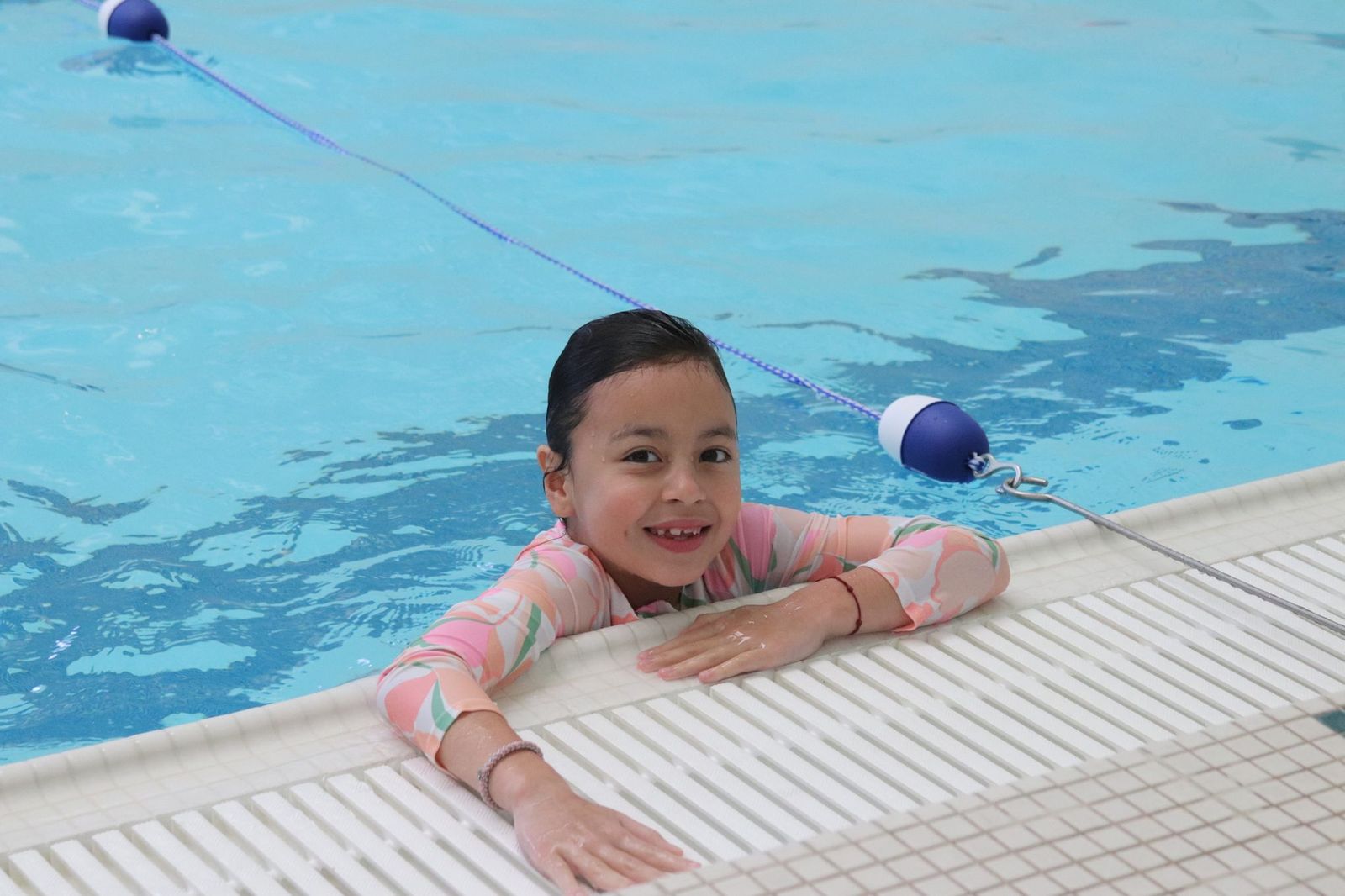Drowning Risk by the Numbers
- Drowning is the leading cause of death for children ages 1–4 and the second leading cause of unintentional injury death for children ages 5–14 in the U.S.
- Nearly 900 children die from drowning annually in the U.S., and an estimated 6,500 are treated in an emergency room for non-fatal incidents.
- Boys are at a greater risk of drowning than girls at nearly every age.
- 88% of drownings occur with at least 1 adult present.
- 64% of Black children, 45% of Hispanic/Latino children, and 40% of white children have limited or no swimming skills.
- 15–17-year-olds have more than twice the risk of fatal drowning in natural water than those under 15 years.
- Drowning is the most common cause of accidental death for individuals with epilepsy, and children with autism are 160 times more likely to drown than neurotypical peers.
ABCDEs of Drowning Prevention

A is for Adult
Children should never have access to any form of water without an adult providing constant supervision. A caretaker should stay within arm’s reach if a child is still learning to swim.

Barriers, like fences, gates, closed doors, and locks should restrict children’s access to pools and water. Installed correctly, a pool fence that separates a house and a pool can reduce the risk of drowning by 83%.

C is for Classes
Swim lessons can reduce drowning risk by 88%. Consult your pediatrician to determine the right time to enroll your child. Caregivers should also take a CPR class to be ready in emergencies.

D is for Drains
Pool drains have powerful suction and can present a risk of entrapment and death. Remind your child to never go near a drain in a pool or hot tub and to tell an adult if a drain cover appears broken or loose.
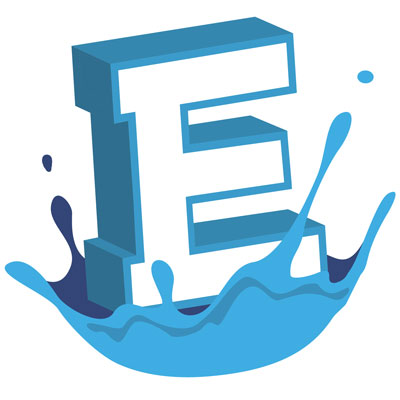
E is for Everywhere
Water is everywhere—in bathtubs, buckets, pools, beaches, ponds, ditches, fish tanks, toilets, and even our pet’s water dish. Stay alert of the water, in all its form, and practice safe behaviors with your family.
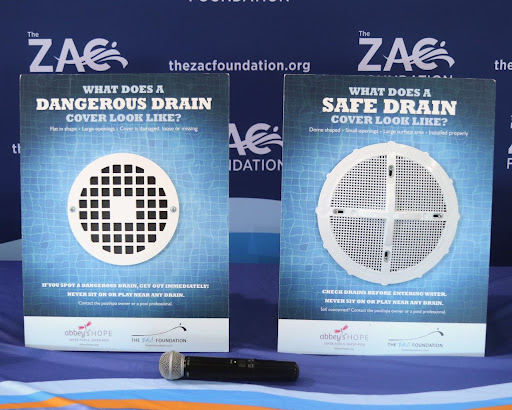
Pool Safety Checklist
To prevent instances of drain entrapment, The ZAC Foundation recommends that private pools follow the public pool requirements set forth in the Virginia Graeme Baker Pool & Spa Safety Act, which requires at least two layers of protection.
- Dual drains
- Safety vacuum release system (SVRS)
- Suction-limiting vent system
- Gravity drainage system
- Automatic pump shut-off system
- Drain disablement
- Emergency pump shutoff system
- Anti-entrapment drain covers
- 4-sided fence with locking gate
- Emergency telephone and life preserver in the pool area
- Pool alarms on gates and doors leading to the pool area
Water Safety Tips By Age
Please see below for a breakdown of drowning prevention tips for every age.
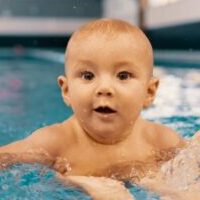
Infants
Children aged 0–1
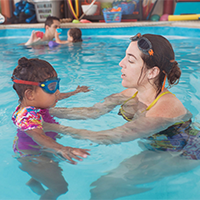
Toddlers
Children aged 1–3

Grade School Kids
Children aged 4–10
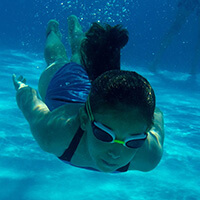
Teens
Children aged 11 and up
Additional Resources
Please see below for additional water safety tips and resources.

